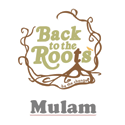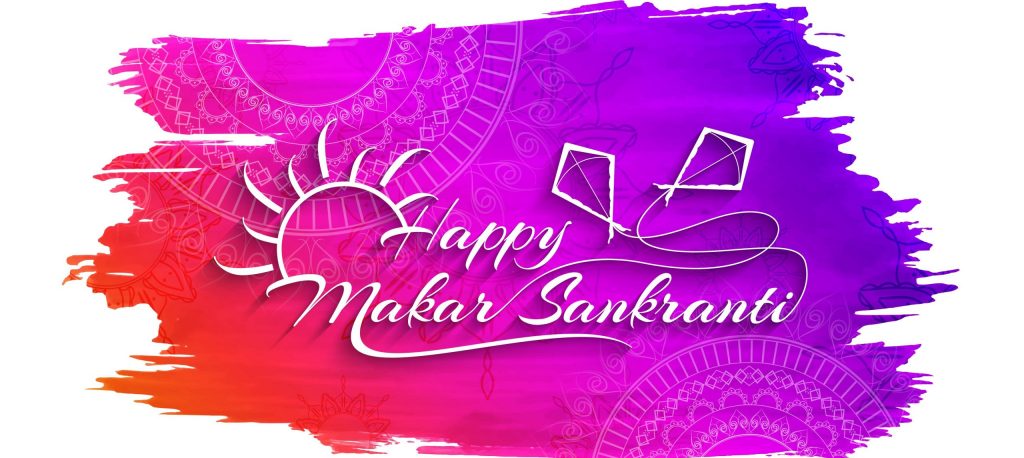
Makar Sankranthi, also known as Sankranthi, is a Hindu festival of joy and fulfillment which generally falls on the Gregorian date of January 14th or 15th. Sankranthi is a festival of harvest. It is dedicated to the glory of Surya-Hindu diety (Sun God). This season/time marks the end of the cold winter season and the beginning of the spring season with good harvests.
The word Sankranthi, which means ‘sacred change’, occurs every month as the Sun moves from one house of the Zodiac to another. But there exists a special sacredness to the movement of the Sun to Capricorn.
On the day of Sankranthi, the farmers celebrate the newly harvested crop. When the Sun enters the sign of Capricorn, it is considered that the sun shines in every human body illuminating the six chakras (spiritual centers). Two of the most important chakras are the heart (hridaya) chakra and the crown chakra (Sahasrara chakra). The heart chakra consists of eight petals. These eight petals resemble the eight consorts of the Lord. The solar system is derived from the Sun and is worshipped as divine.
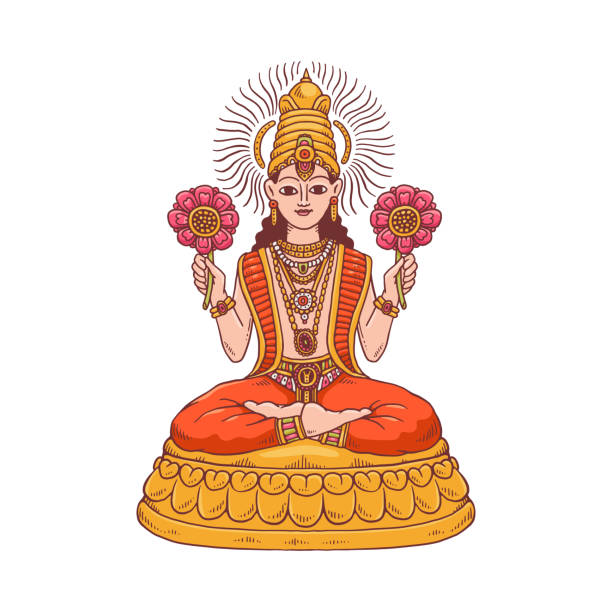
As Makar Sankranthi is an auspicious day, most Hindus pray to get the blessings of the Sun God (Surya) by doing the following:
1
They take a holy dip in the waters of Ganges, Yamuna, Krishna, and Godavari
2
Carrying out Surya Namaskar or sun salutation early in the morning before starting the day.
3
Offering the Sun God with cow’s milk in copperware.
4
Preparing traditional dishes and sweets. This traditional Sankranthi food includes Halwa, Puran Poli, Makar Chaula, Pinni, Pongal, and many more.
Another popular belief is that exposure to the sun while flying kites on this auspicious day of Sankranthi will burn the germs and detoxify the body. Melas or fairs are organized in some states like Uttar Pradesh and Odisha which play an integral part of Makar Sankranthi. Kumbh Mela is one of the most famous of the fairs.
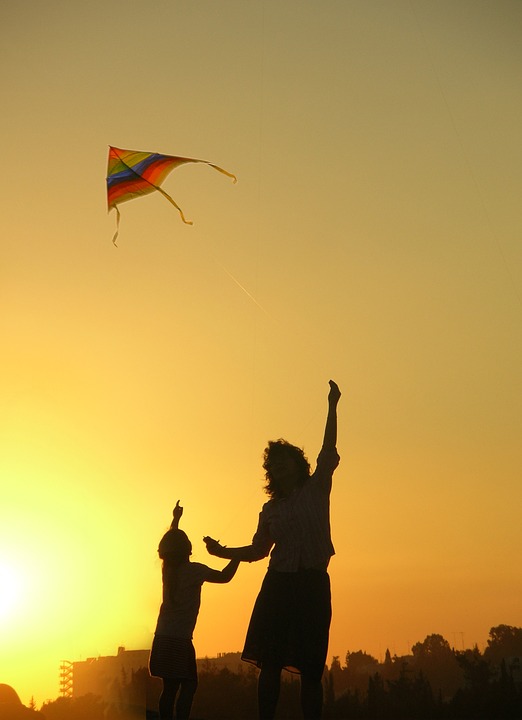
In some of the Indian states like Andhra Pradesh, Telangana, Karnataka, and Maharashtra the festival lasts for around three days.
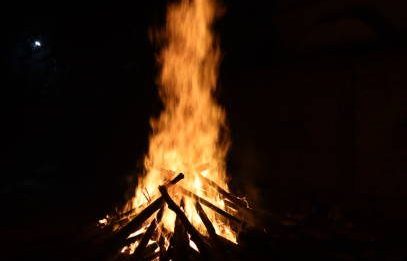
First Day-Bhoghi
It is celebrated just for a day and before the main festival of Sankranthi. This day is celebrated in the form of Bhoghi Mantalu (Bhoghi bonfires). Where we basically burn the old agricultural wastes and household articles that aren’t of any use. This resembles our rejoice for the coming of the new harvest season.
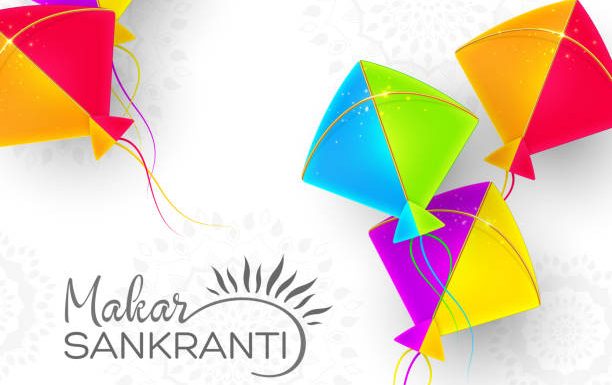
Second day-Makar Sankranthi
This is the time when there is a movement of the Sun god to Capricorn. On this day, the floors in front of all the houses are beautifully decorated and designed with rangolis made from sand, rice, or flowers. Also, most people enjoy flying kites on this day.
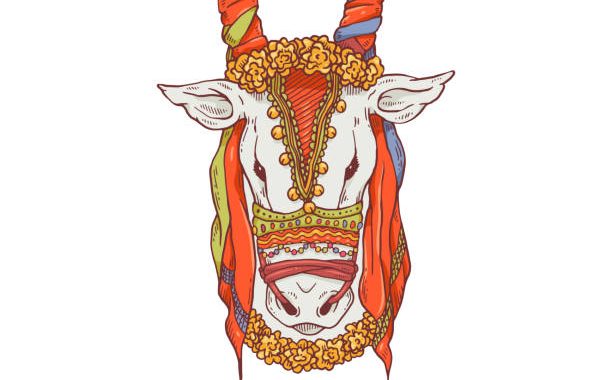
Third day-Kanuma
The three-day celebrations come to an end with Kanuma on the third day after the main festival. Kanuma is the festival of cattle. Cattle is worshipped on this day for reaping good harvests in the future.
We at Mulam aim at connecting everyone back to their roots by providing organic products and bringing out the essence of our festivals.
We also host a weekly farmers market, follow us on Instagram to know the details and the locations of our markets.
